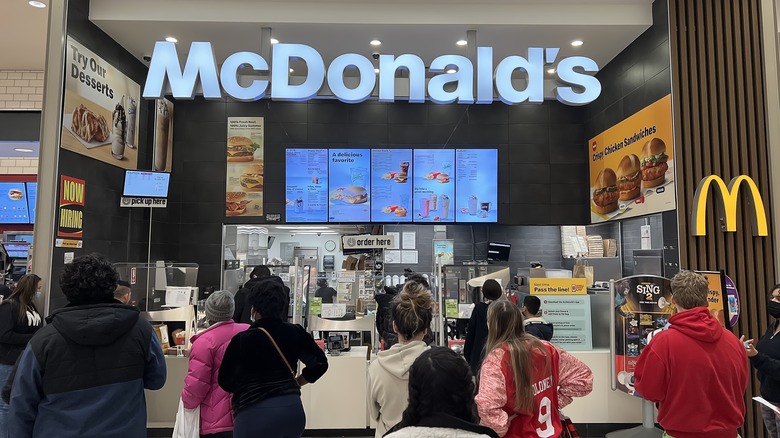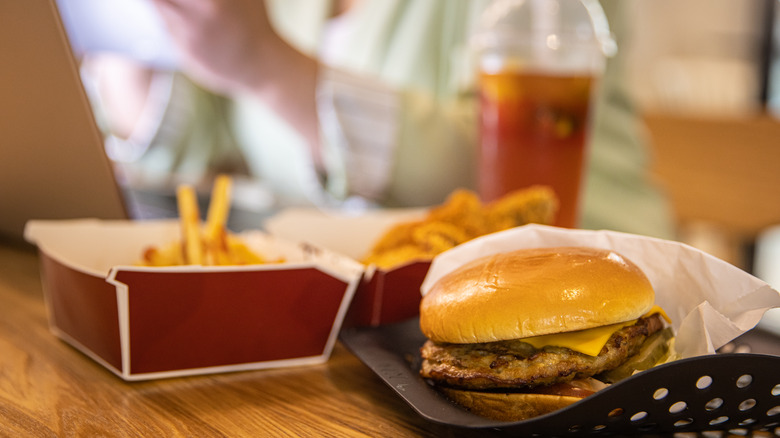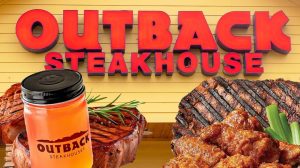In light of rising rent prices, greater cost of living expenses, and the widespread effects of inflation, it’s no wonder workers rights advocates have been pushing policymakers to raise the minimum wage. Some, at least, have heard their pleas. Last September, California governor Gavin Newsom signed a law to increase the state-wide fast food minimum wage from $15.50 to $20 an hour. The law officially went into effect on April 1, 2024. While it certainly marked a major win for the roughly 500,000 fast food workers in the state, the establishments themselves now seem to be taking a hit when it comes to customer traffic.
According to a new report from Placer.ai, quick-service restaurants in California have seen a sharp decline in traffic since the introduction of the wage increase, with McDonald’s traffic down by 2.48%, Burger King by 3.86%, and In-N-Out by 2.59%. Meanwhile, year-over-year visit trends in the state have been underperforming when compared to national averages since April. Earlier in 2024, however, before the new law went into effect, fast food consumer traffic in the state was trending slightly ahead of the national average. Indeed, the distinct flip in trending data is likely somewhat related to the industry-wide shifts being undertaken to adapt to the greater labor costs.
Higher wages have led to higher menu prices

Needless to say, the new legislation received plenty of pushback from the corporate owners and franchise operators of these fast food chains that are now scrambling to make up for the reallocated funds. McDonald’s franchisees, for example, called the law a “devastating financial blow” when it was first announced. Unsurprisingly, many of the affected fast food restaurants have navigated the change by raising their prices in order to offset the higher labor costs. Chipotle, for one, hiked menu prices by 6% to 7% compared to last year at its locations in the region, while the burger chain In-N-Out introduced an incremental increase in pricing statewide on the very same day the wage law went into effect.
Such price hikes are par for the course when it comes to wage increases, as is the subsequent decline in traffic from consumers who have their own budgets to manage, but dining costs themselves may not be solely to blame. Per the report, more expensive casual dining chains like Olive Garden and Chili’s have actually gotten a bump in traffic among California consumers since April. While it’s true that they don’t fall under the fast food category, and so aren’t required to meet the $20 minimum wage for workers across the board, their prices are still considerably higher than those of their quick-service counterparts. Perhaps the thinning price gap between the fast food and casual dining categories is simply driving consumers to spring for the more elevated experience instead.







